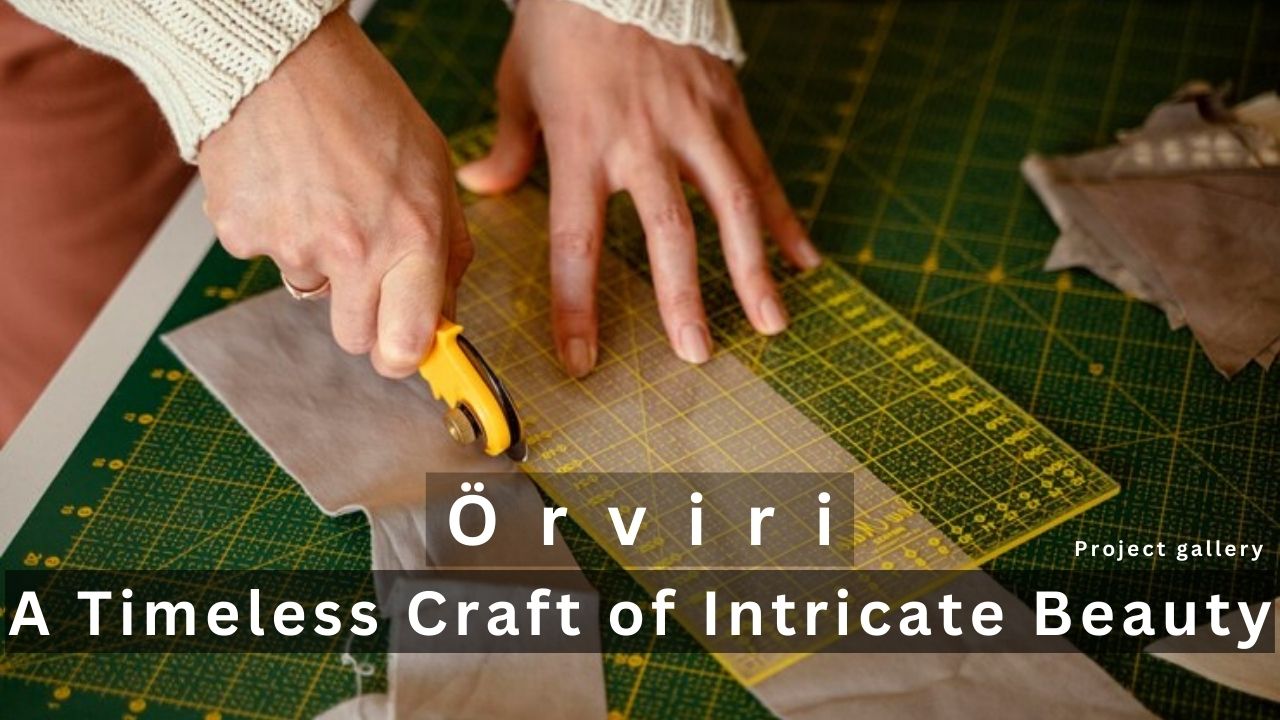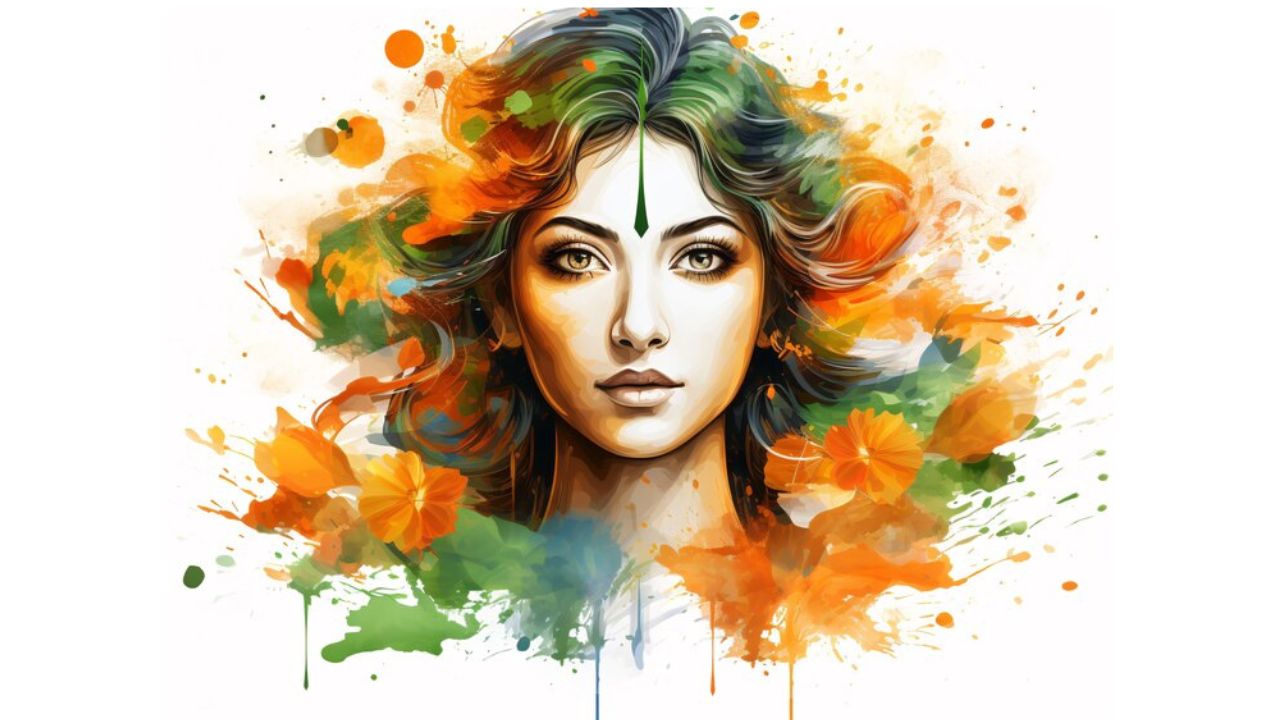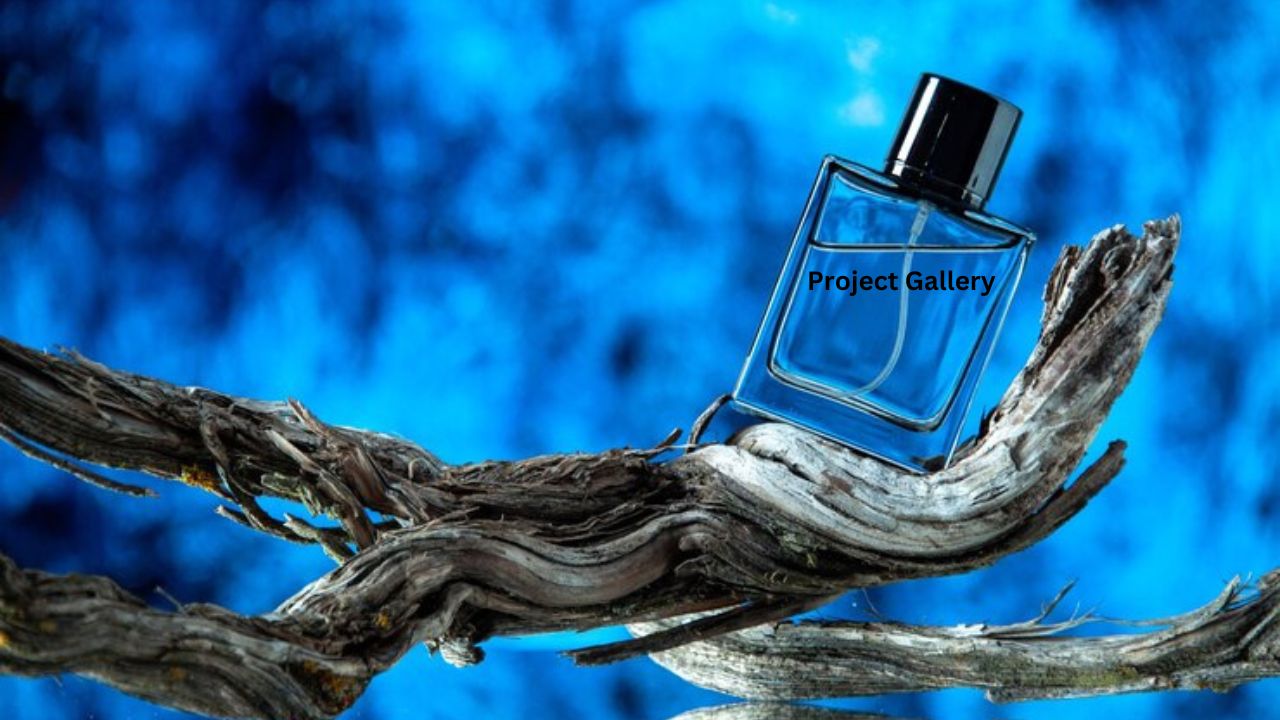Örviri is a traditional craft whose delicate beauty and elaborate motifs have captured the hearts of many. The örviri, which has a rich cultural history, has changed over the ages but has remained a representation of craftsmanship and tradition.
History of Örviri:
Örviri has a rich and ancient past, with roots that go back many centuries. Expert artisans are thought to have practiced the craft in the region’s ancient civilizations, where it is thought to have its origins. Oerviri changed over time, adopting new methods and aesthetics while never losing sight of its basic grace and beauty.
Techniques and Materials:
Örviri is distinguished by its elaborate designs, which are made with a range of methods. One of the most popular methods is hand embroidery, in which skilled craftspeople use thread and needles to create intricate patterns on fabric.
The components of örviri differ based on the intended result. Artists can construct their designs with a range of hues and colors of threads and a variety of textiles, such as silk, cotton, and wool. Furthermore, örviri can add additional components to the finished work, including pearls, sequins, and mirrors, to give it texture and dimension.
Significance of Örviri:
Örviri is very important in the culture of its birthplace. It is frequently used to make clothing, adornments, and accessories, bringing a dash of class and custom to daily life. Örviri is utilized in religious and ceremonial situations as well, where it is regarded as a spiritual and cultural icon.
The Future of Örviri:
Even with its lengthy history, örviri still has difficulties in the contemporary era. There is a chance that örviri will disappear as traditional craftspeople become older and younger people gravitate toward more contemporary art forms. However, groups and individuals are attempting to promote örviri and make sure that it survives for future generations to preserve this craft.
Conclusion:
Örviri is not merely a craft; it is evidence of the artistry, originality, and cultural diversity of its makers. Through investigating the örviri’s history, methods, and significance, we are better able to appreciate this ageless art form and the individuals who continue to practice it.











